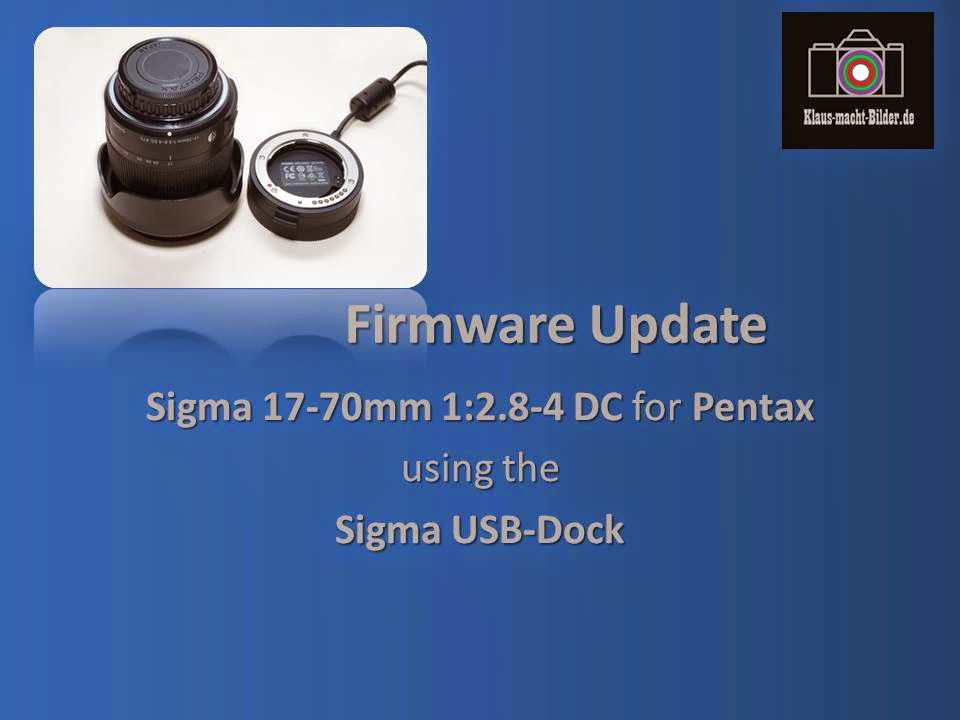This time it’s not about photography and – to limit your expectaions – it is still “Work in Progress“
End of May we got our 1St electric car: a VW e-UP!
One question from the beginning on was how coordinate charging with our solar panels in the most effective way.
Our solar system is orientated in East/West direction (35%/65%), 9,35 kW peak and has a 5 kWh Li-battery produced by SENEC. Details can be found in my one year report (sorry: it’s German only) https://klaus-macht-bilder.blogspot.com/2020/05/ein-jahr-solar-eine-erfahrungsbericht.html,
Initial idea was to get a SENEC-Wall box with excess charging function – so I applied for NWR subsidies and ordered it November last year. Now – after 7 month there is still no timing for delivery and assembly.
Since that order there were several things that happened:
- I learned how to install and operate Home Assistant (at least a little bit)
- Experiences of users of the SENEC system were very disappointing. Due to the operation via the SENEC sever and communication in time intervals of app. 5 minutes seem to limit the effectiveness significantly à after consultation with our solar technician it was possible to change the order an ABL wall box without the (expensive) SENEC integration.
- Due to the situation owning an EV but no WB I had the opportunity to collect first experiences with the VW granny charger over a normal plug with 2.300 W max. charging capabilities
1st (temporary) Solution: a SHELLY WiFi Plug with up to 16A
- This is connected to the home grid – which means that the LI-battery is utilized in the charging process too
- The data acquisition from the SENEC battery system is based on the Home Assistant SENEC integrations (HACS) – and limited by the SENEC refresh rate too.
- Further I was able to read yield data from our SMA inverter via ModBus in Node Red (separate German post at https://klaus-macht-bilder.blogspot.com/2021/04/pv-anlagedaten-in-home-assistant.html)
- Control via HA and Node Red:
o Definition of an HA Helper ´Solar-Laden 220´. When ON the system should run solar controlled, otherwise the Shelly-Plug should run unaffected
o Definition of start conditions: SENEC SOC > 60% AND solar generation > 2.500 W
o Definition of charge cancellation conditions (all OR):
- SENEC SOC < 40%
- PV generation < 1.800 W
- Purchased electricity > 1.000 W
o The hysteresis limits the number of switching operations – as a result overall quantity of purchased electricity is minimal (at least during summer)
o The parameters can be adopted to specific needs
 |
| EV Dasboard showing PV & EV Data and charging condition |
2nd (Work in Progress) solution: Use of the Volkswagen „We Connect“ interface
Idea is to control the charging process from the “vehicle side”
- For the first year after buying a new e-UP! the WeConnect-App is free of charge – later there will be an annual fee.
- In Home Assistant there is a HACS integration for VW-We-Connect – via this the charging process can be started and interrupted similar to the SHELLY plug in solution one
- This was the part that works already so far and probably will work with a wall box too
 |
| Node Red implementation |
Now I come to the open issues:
- The number of switch operations seems to have limitations
- One it stopped working and in the WeConnect-App I got the message that switching is not possible because of too may operations – re-use was possible after an engine start of the car only (reported at https://github.com/robinostlund/homeassistant-volkswagencarnet/issues/308)
-
To reproduce this failure mode I establish a HA-Automation that ran in a 5 Min-ON/5 Min-OFF mode continuously - even after 3h I was not able to reproduce the failure mode.
Meanwhile I found that the failure seems to be on the App-side only. When I started WeConnect on my mobile after the test (which seemed to be ok from the HA side) I got the same error massage I got before.
During the failure reproduction (above) there was one unexpected behavior which could have a interference with this current setting function: I set the car profile to Max-Current=5A and used my granny charger – so charging started at ~ 1.1 kW (5A). At that point Home Assistant still reported Max-Current=16A. After a HA initiated forces update this value stayed a 16A. When the Automation was started the real charging current rose to 10A (capacity of the granny charger) and the sensor-value for Max-Current stayed at 16A à it seems that the HA-Values can be transferred to the car somehow, but I am lacking the capability to find out how.
After the test I
am not sure whether I changed the APP back to 5A and actualized it or
whether it was on the 5A all the time - in that case it may be possibel
thet the operation via HA-switch is bypassing the vehicle settings - in
that case this would be bad for a wall box transition of this process. I will try to repeat this part of the test.
I will link this to the relevant platforms where I discussed parts of this already and hope to get constructive feedback – I will keep you updated here.
Update 18 May:
- It seems that the charge control by HA overrules the settings from "Charging Locations" (German menu: Ladestandorte - in the case above this was set to 5A max charging current)
- The settings for "Instant Charge" (German meue: Sofortladen) from the Settings/e-Manager are kept and not overruled
- Meanwhile I extended the Node-Red flow by a switch WeConnect/Shelly-control and implemented a Shelly EM in the supply line to measure the charging process independant of the Shelly Plug.




















